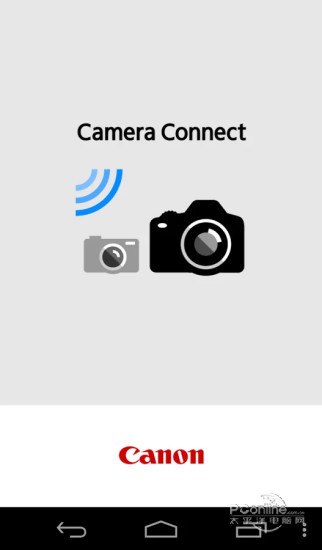

This isn't a great "run & gun" setup (primarily because of focus as it can be tricky to follow - especially if you're a solo shooter and don't have a focus puller to assist). Stay on a tripod (or dolly) and shoot in more controlled situations. You will need the BeastRail system (or similar setup) to attach this. Try using a follow focus to really do high-quality focus pulls.
#Canon connect picture stylizer pro#
That way you don't have to realign the phone and lens every time like you do with the Beastgrip Pro rig. Get the Beastcage for easier & faster setup of the rig. Use tighter shots (and longer lenses) to all but eliminate any vignetting. This way you can mount the monitor and easily position it depending on the shot - and it can be easier to see in very bright sunny conditions, too. Just get a Lightning to HDMI adapter and if using an app like FiLMiC Pro you can send a clean signal out. Many of the pro camera apps will do this (as mentioned, I use FiLMiC Pro). Remember when using the DOF adapter the image will be flipped upside down, so you have to use an app that will flip the image for you. And remember, this only really affects wider shots - most closeups don't have this issue. You can even do a combination of all these things. Or, some people like to zoom in slightly in camera while they're actually shooting.

You can also crop in and choose a different aspect ratio too for a creative choice (like 4x3). To get rid of the out of focus vignette you can simply frame wider while shooting (roughly 10-15%), then reframe by pushing in when in post-production.

And that's also why you need to use fast full-frame lenses with the adapter. However, the iPhone 12 Pro Max with it's larger sensor and f/1.6 aperture (on the main wide lens) now works very well, so it's not a huge issue - just something to keep in mind using it. There is an approximate 20% light loss using the adapter, so shooting in lower light can be challenging - especially with older devices. Also, if it's very bright and sunny it can also be hard to see (but you can turn the screen brightness up to help). The iPhone screen - while it is nice overall - does not articulate and so if you're shooting down low or up high it can be hard to see. This happens with traditional cameras too, but can be somewhat tricky with this setup. Btw, you get used to this, but at first it is something to pay close attention to.ĭepending on the lens and the distance the subject or object is to the camera (and whether it's moving or not) the depth-of-field can be so shallow that focus can sometimes be missed. And the app MUST HAVE focus peaking otherwise you will have a lot of out of focus shots (I suggest using FiLMiC Pro).
#Canon connect picture stylizer how to#
This is not desirable for most things (see tips below on how to hide this), although for some stylized shots it can actually be good.įocusing can be a bit tricky as you need to focus both the lens on the front - and the camera app you're using. When shooting wider shots the edges of the frame will be soft and cause an out of focus vignetting look. The iPhone screen - especially the 12 Pro Max - is very big and bright, so it can be a good monitor to shoot with indoors or outdoors (especially indoors). So it can easily be put in a bag for traveling. The physical size of this setup is actually quite small though (especially as compared to other cinema rigs). Just using the (very light) phone - even with image stabilization - you will often get small bumps and micro vibrations or shakes that look pretty bad. That way you can rack the focus from one object to another, which is a very important storytelling technique in filmmaking.Ī heavier "cinema rig" setup like this is much better to do smooth pans and tilts when on a tripod or even shooting handheld. Using traditional lenses gives you the ability to do true focus pulls. Shooting through the DOF adapter adds a subtle "softness" and even sometimes a "texture" to the image, which is great for more cinematic looks (overly sharp footage that often comes out of phones is the opposite of what you want when shooting movies or commercials, etc.). You can also isolate objects or people that you want the viewer to notice (which is challenging to do if using the built-in phone lenses and deep focus). Shooting with a shallow DOF you can hide things in the background you don't want the audience to see (like maybe a cluttered kitchen counter). To many this look creates a more "professional" feeling and can give the illusion of production value and a higher-end aesthetic.

The shallow depth-of-field (and bokeh using traditional lenses) it creates is something you simply cannot achieve with the small sensor phone.


 0 kommentar(er)
0 kommentar(er)
